If you are to understand why Bentleys are as they are today, it is important also to understand how they got that way. It’s a tale now 100 years in the telling, or about a year per 15 words of this story. And as I’ve already wasted three years so far, you’ll forgive me if I skip some of the less important and, frankly, dull bits in the middle – also known as half the history of the company.
What you’re looking at here are the bookends: the one you likely recognise is a Bentayga Speed, the latest product off Crewe’s production line, the other a rather older Bentley. The oldest, in fact. It’s called EXP2 – it is the second EXperimental Prototype – and although it wasn’t completed until 1920, it was certainly in build in 1919, the year in which Bentley Motors came into existence. So it’s either 100 years old, or in its 100th year, depending on how you look at it. The first car, EXP1, was tested by this very magazine in 1920 by SCH Davis, who was not only an Autocar staffer but would also go on to win Le Mans for Bentley in 1927 by a margin that still has not been beaten to this day. Sadly, EXP1 was broken up a lifetime ago.

EXP2, by contrast, is very much alive and, despite its incalculable value, a car Bentley was happy to hand over to us for the day. We used it as we would any other car, so when we needed shots of the Bentley Bentayga taken from a moving platform, EXP2 briefly became the most valuable camera car in existence.
An abuse of the privilege of being able to drive such a car? Absolutely not: we treated it exactly how WO Bentley would have wanted.
WO is a much misunderstood man. He was a decent driver, good enough to come fourth in one of his own cars in the 1922 Tourist Trophy, but not a great. He was a fairly terrible businessman who lost control of his company less than five years after delivering its first production car. But he was one of the finest engineers this country has ever produced. Long before Bentley Motors, he was designing engines for World War I fighter aircraft that saved an untold number of lives because, unlike many others of that era, a Bentley BR1 or BR2 motor could usually be counted on to keep working. In the engines he designed for Bentleys, he pioneered the use of aluminium pistons, and fitted them all with overhead camshafts, four valves per cylinder and twin-spark ignition. So if you think they sound like reasonably modern innovations in the road car arena, be advised WO was doing it all a century ago.








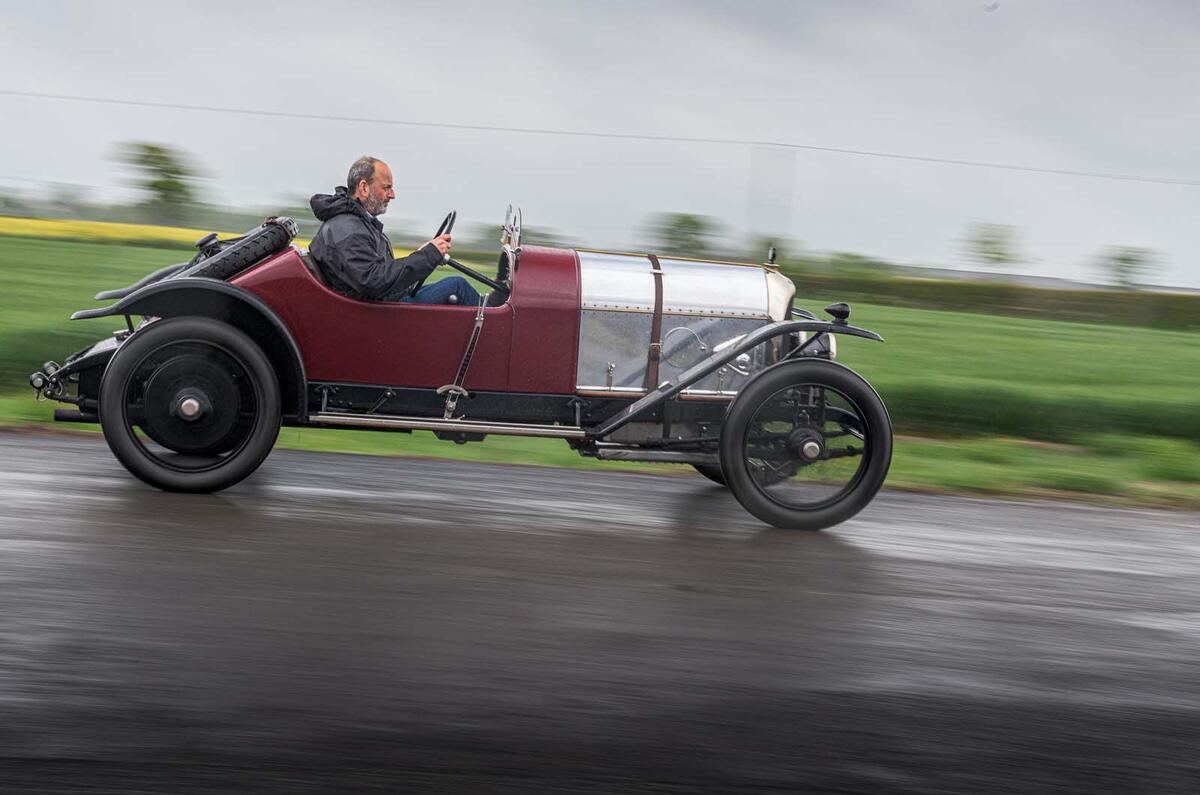
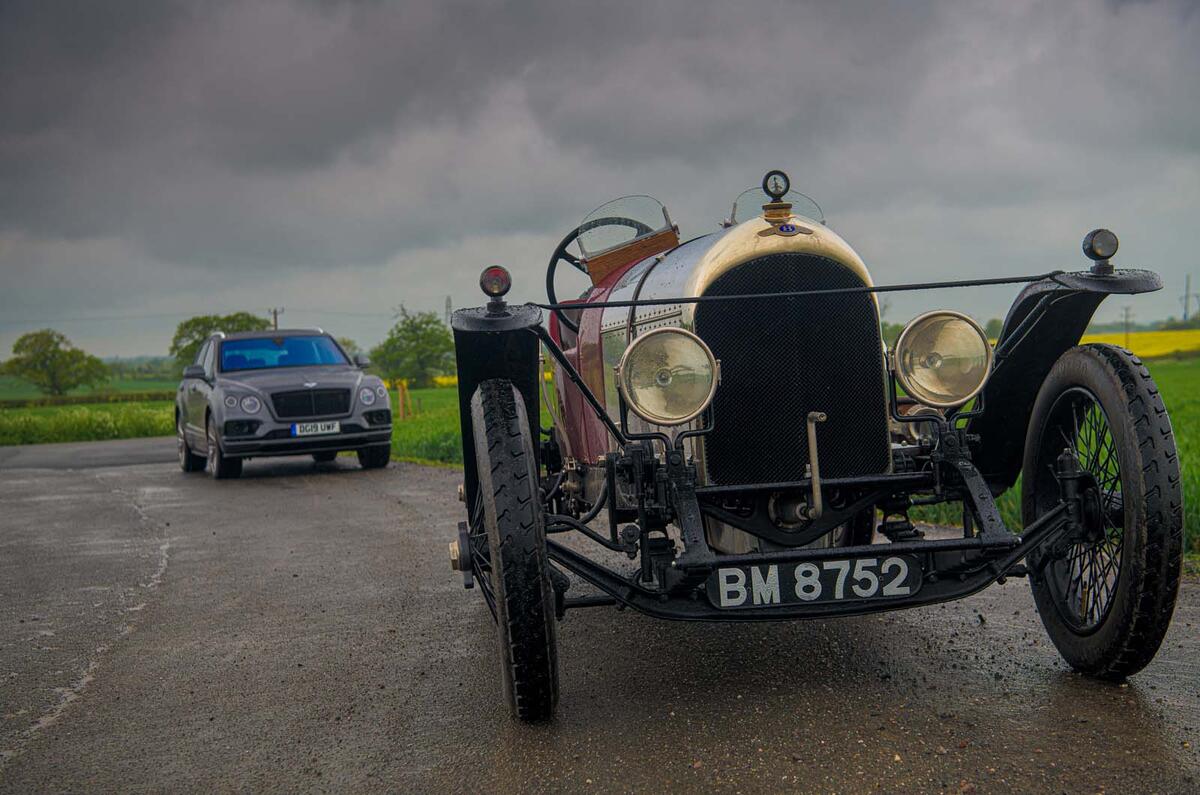


























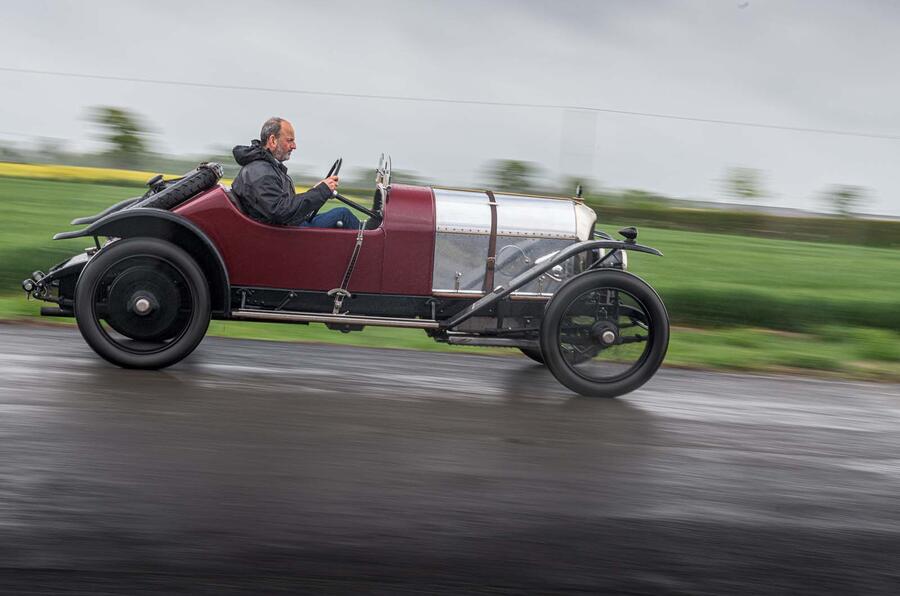
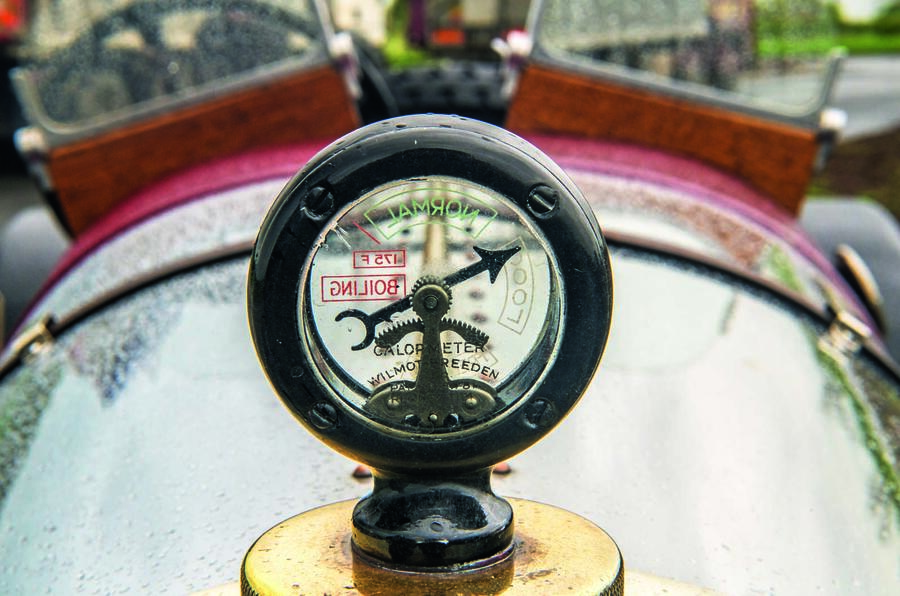



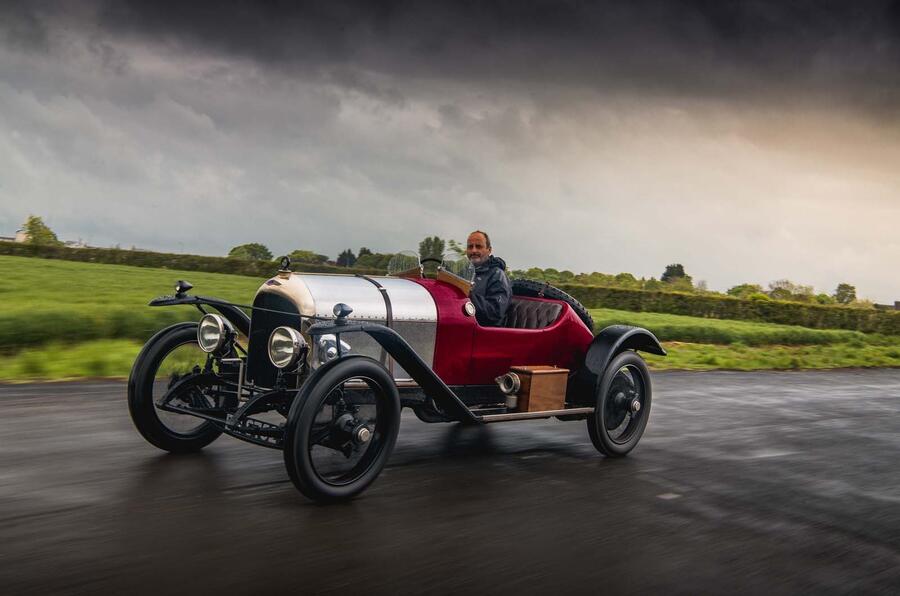
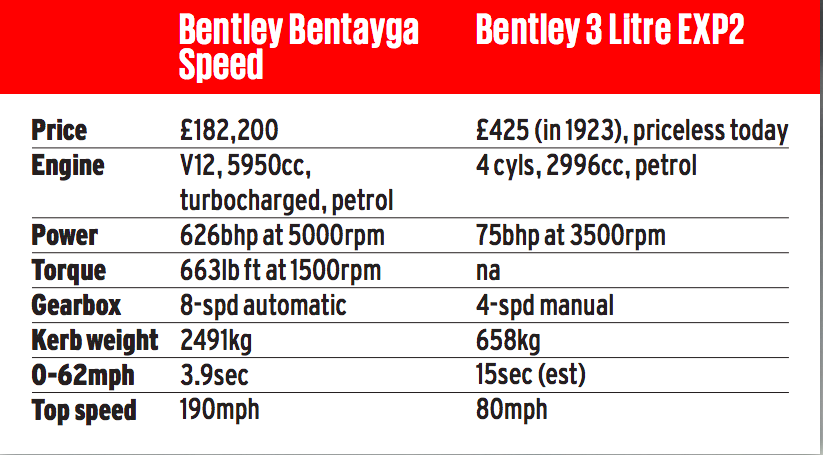
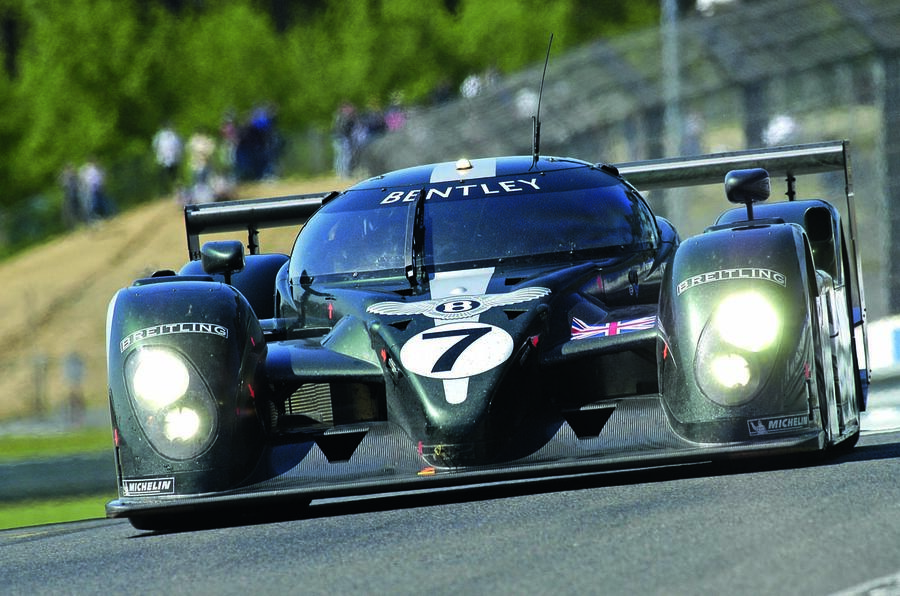


Join the debate
Add your comment
£182k
For an Audi Q7 in a posh ugly frock.
A historically revolting abomination
I’d like to think that the Bentayga will be long forgotten in 100 years time - in fact I wish I could forget it now, but what is seen can not be unseen.
If EXP2 was anthropomorphised imagine how ashamed it would be of its great grandchild.
V12
Does anyone proof read these purile ramblings?
Haha!!
Try proof reading your own posts.
It's puerile, you half-wit!
Brian 245, eh? I'll look out for you in future.
beechie wrote:
Unfortunately the site has no provision for corrections of posts.
The feature still reads V12, not W12 which is the salient point.
I'll refrain from the name calling.
It gets better!
You attempt to gain the moral high ground by refraining from 'name calling', yet it was you who called the writer 'purile' in the first place.
Careless, illiterate and a hypocrite.
I'll be watching you, brian245.